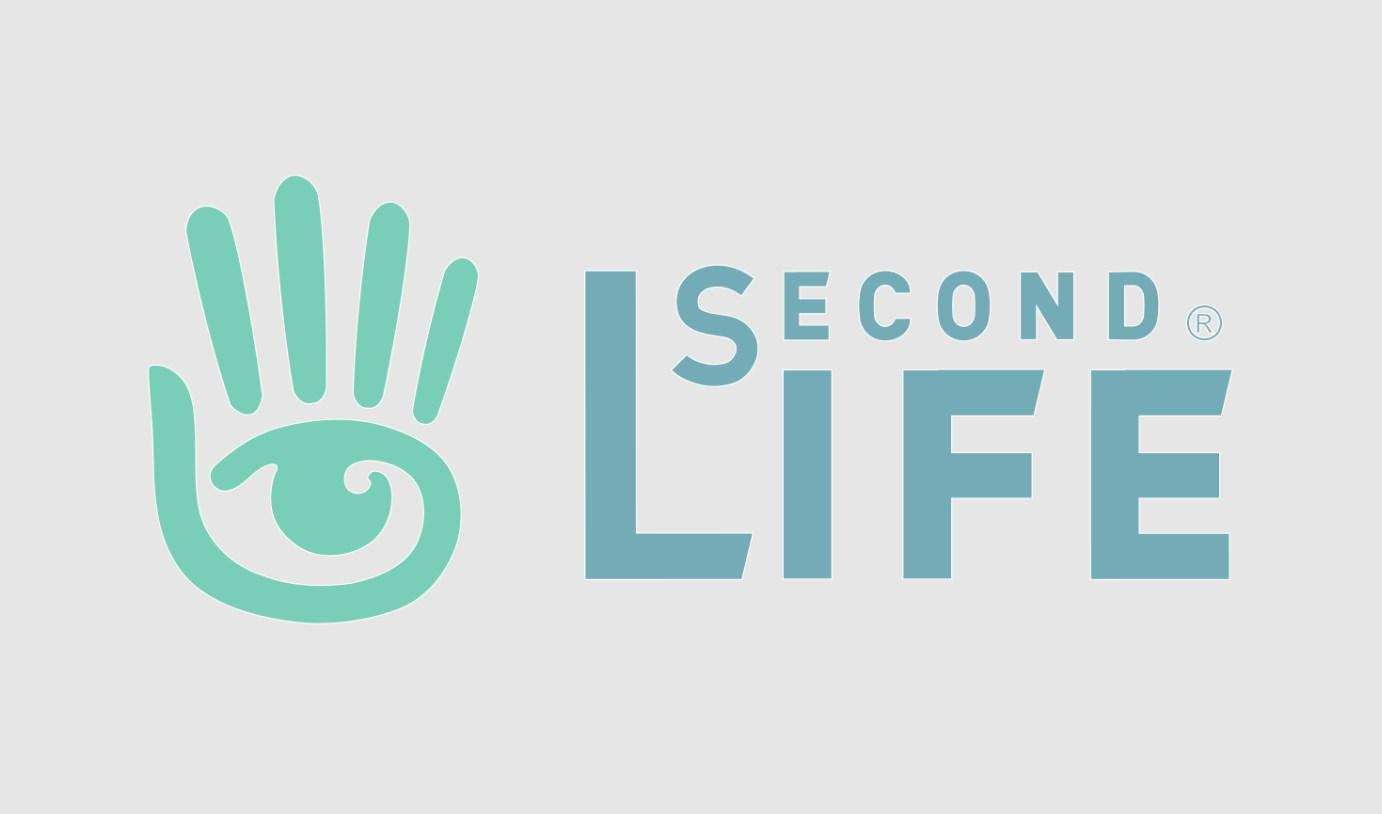Second Life is an online multimedia platform developed by San Francisco-based Linden Lab. Launched in 2003, it allows users to create avatars and interact in a virtual world. Unlike traditional games, Second Life doesn’t have set objectives; it’s more of a virtual world where you can socialize, build, and even trade virtual property. The platform has its own virtual currency, the Linden Dollar, which can be exchanged for real-world currency.
Innovative Aspects
- User-Generated Content: One of the most innovative aspects of Second Life is its focus on user-generated content. Users can create almost anything, from buildings to clothing, and even sell them.
- Virtual Economy: Second Life has a robust virtual economy. At its peak, hundreds of thousands of dollars were changing hands daily in the virtual world.
- Real-world Applications: Major corporations like IBM have used Second Life for virtual training and simulations. It has also been used for educational purposes, with universities and colleges creating virtual campuses.
Founder: Philip Rosedale
Philip Rosedale, the founder of Linden Lab, initially aimed to develop hardware for immersive virtual worlds. However, the focus shifted to software, leading to the creation of Second Life. Rosedale’s vision was not just to create a game but a new platform for social interaction and creativity.
